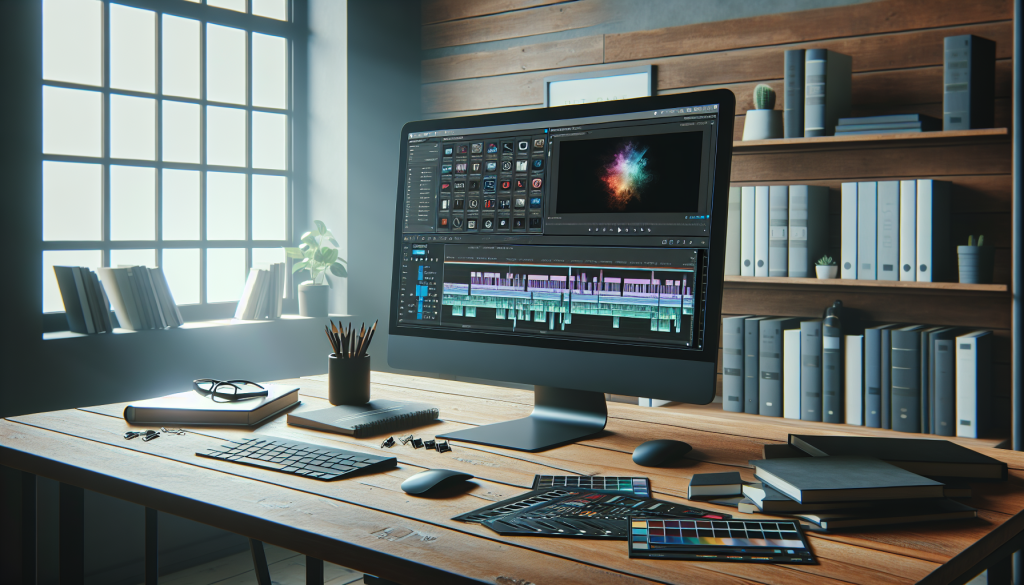
What is Dynamic Presentation Software? A Beginner’s Guide to Engaging Presentations
In today’s fast-paced world, grabbing and holding an audience’s attention can be challenging. Traditional presentation tools often feel static and uninspiring. This is where dynamic presentation software comes into play, a game-changer for those looking to elevate their presentations and captivate audiences effectively.
Dynamic presentation software refers to tools that allow for more engaging, interactive, and multimedia-rich presentations compared to traditional slide-based tools. At its core, this type of software is designed to break the linear boundaries of conventional tools like PowerPoint, offering presenters the ability to zoom, pan, and create a more visually engaging narrative.
One of the well-known pioneers in this space is Prezi. Unlike PowerPoint’s linear slide-by-slide presentations, Prezi allows users to create non-linear narratives. This means you can zoom into specific ideas, move around a virtual canvas, and present your content in a more fluid and interactive way. Prezi’s offerings include tools such as Prezi Present for zoomable presentations, Prezi Video for adding dynamic video overlays, and Prezi Design for creating visually appealing graphics and charts without needing advanced design skills. Each of these tools is designed to enhance user engagement through interactive and well-designed presentations.
The rise of dynamic presentation tools has been remarkable over the years. From its inception, Prezi attracted users looking for an alternative to the slide transitions offered by PowerPoint. In 2017, Prezi introduced Prezi Next, an update from Prezi Classic, making it easier to use while retaining the powerful interactive features of the original version. Users with older accounts can still access the Classic version, but many appreciate the streamlined functionality of Prezi Next.
When choosing dynamic presentation software, it’s crucial to weigh your needs. Consider factors such as ease of use, multimedia capabilities, and the type of audience you will be presenting to. For newcomers, starting with tools that offer templates and user-friendly interfaces, like Prezi, might be advantageous. However, consider that while Prezi is innovative, the free version has limitations such as no presenter notes and restricted privacy controls.
The benefits of using dynamic presentation software extend beyond just aesthetic appeal. These tools engage audiences more effectively and allow for seamless incorporation of videos, images, and other media, bringing presentations to life. Additionally, dynamic tools provide flexibility in storytelling, enabling presenters to tailor their narrative based on audience feedback in real-time, making the experience more interactive and impactful.
A leader in this space, Prezi, offers several features that make it stand out. Its ability to create non-linear presentations enables users to zoom in and out of specific points, maintaining audience interest. The program also supports Mac and Windows desktop applications for paid users, along with mobile viewer apps, providing flexibility in how presentations are viewed. Its trio of components – Present, Video, and Design – offers a comprehensive suite for creating immersive presentations without needing extensive design expertise.
In conclusion, dynamic presentation software is changing how we deliver information and engage audiences. Whether you’re a beginner or a seasoned presenter, exploring these tools can open up new possibilities for your presentations. As technology continues to evolve, being open to such innovations will ensure that your messages are not just heard, but truly experienced by your audience. Explore these dynamic tools, and start transforming your presentations today.